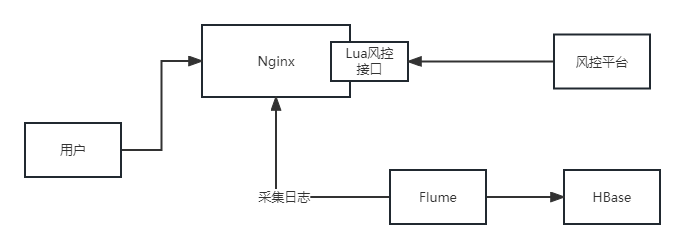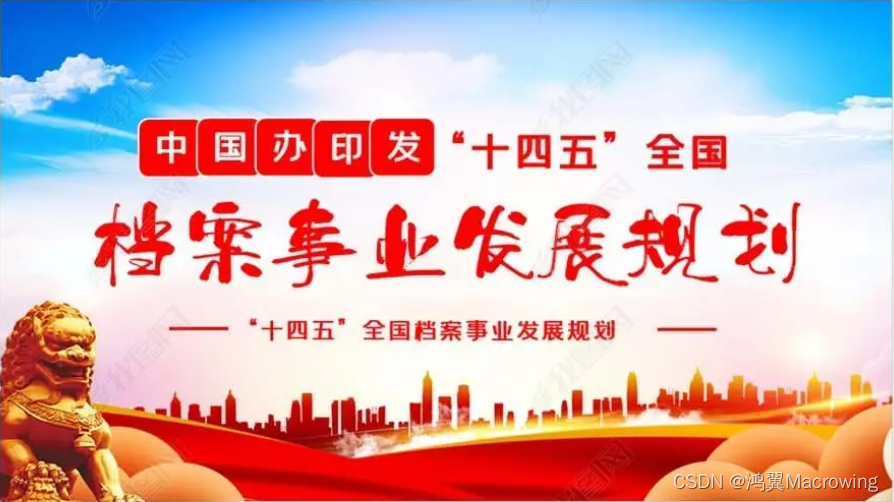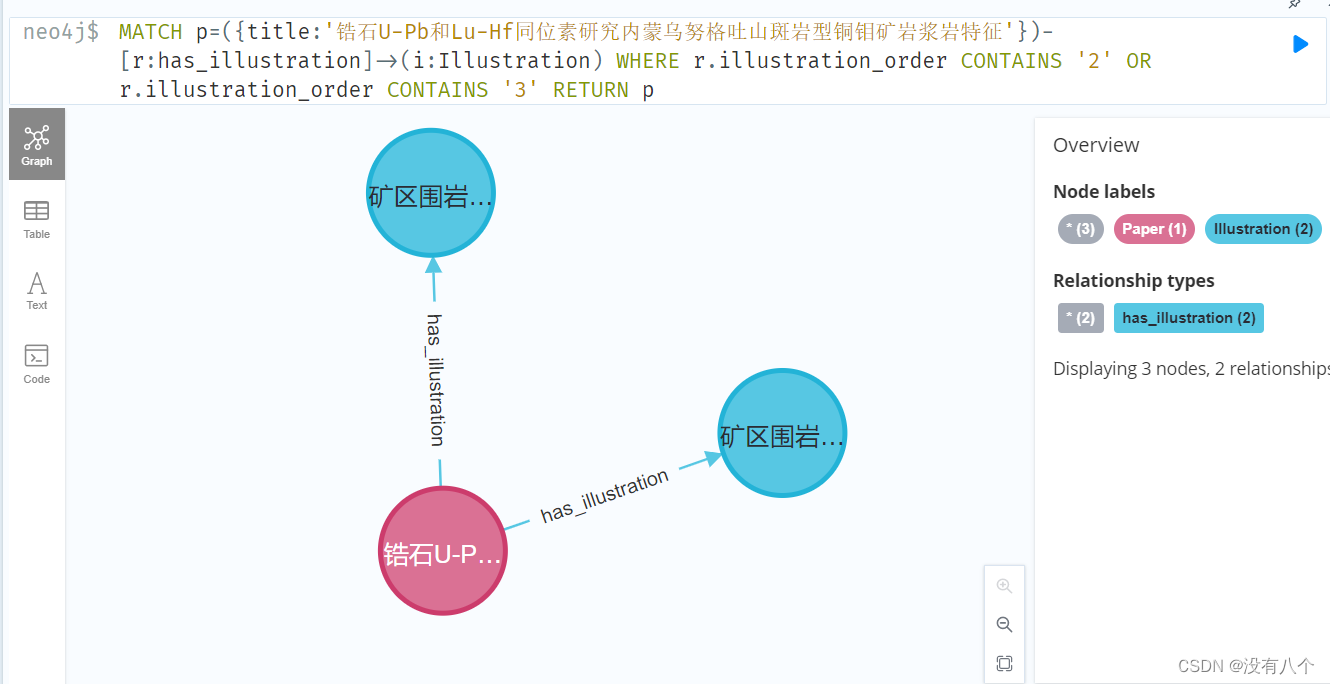本地消息表模式
本地消息表模式,其作为柔性事务的一种,核心是将一个分布式事务拆分为多个本地事务,事务之间通过事件消息衔接,事件消息和上个事务共用一个本地事务存储到本地消息表,再通过定时任务轮询本地消息表进行消息投递,下游业务订阅消息进行消费,本质上是依靠消息的重试机制达到最终一致性。其示意图如下所示,主要分为以下三步: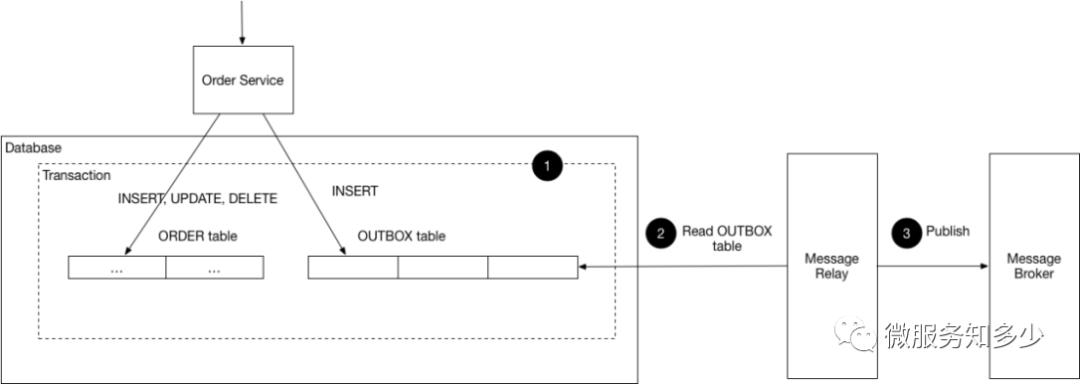
本地业务数据和发布的事件消息共享同一个本地事务,进行数据落库,其中事件消息持久化到单独的事件发件箱表中。
单独的进程或线程不断查询发件箱表中未发布的事件消息。
将未发布的事件消息发布到消息代理,然后将消息的状态更新为已发布。
dotnetcore/CAP 简介
在《.NET 微服务:适用于容器化 .NET 应用程序的体系结构》电子书中,提及了如何设计兼具原子性和弹性的事件总线,其中提出了三种思路:使用完整的事件溯源模式,使用事务日志挖掘,使用发件箱模式(The outbox pattern)。其中事件溯源模式实现相对复杂,事务日志挖掘局限于特定类型数据库,而发件箱模式则是一种相对平衡的实现方式,其基于事务数据库表和简化的事件溯源模式。发件箱模式的示意图如下所示:
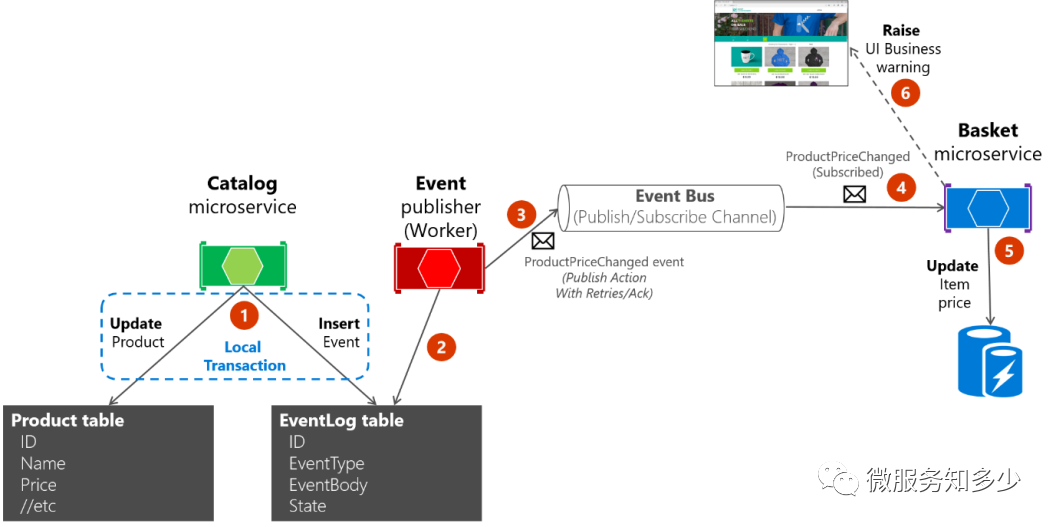
从上图可以看出,其实现原理与上面提及的本地消息表模式十分相似,我们可以理解其也是本地消息表模式的一种实现。作者Savorboard也正是受该电子书启发,实现了.NET版本的本地消息表模式,并命名为dotnetcore/CAP,其架构如下图所示。其同时也兼具EventBus的功能,其支持主流消息代理,如RabbitMQ、Redis、Kafka和Pulsar,同时支持多种持久化存储方式进行消息存储,包括MySQL、PostgreSQL、SQL Server和MongoDB。因此基于dotnetcore/CAP,.NET 开发者也可以快速实现微服务间的异步通信和解决分布式事务问题。
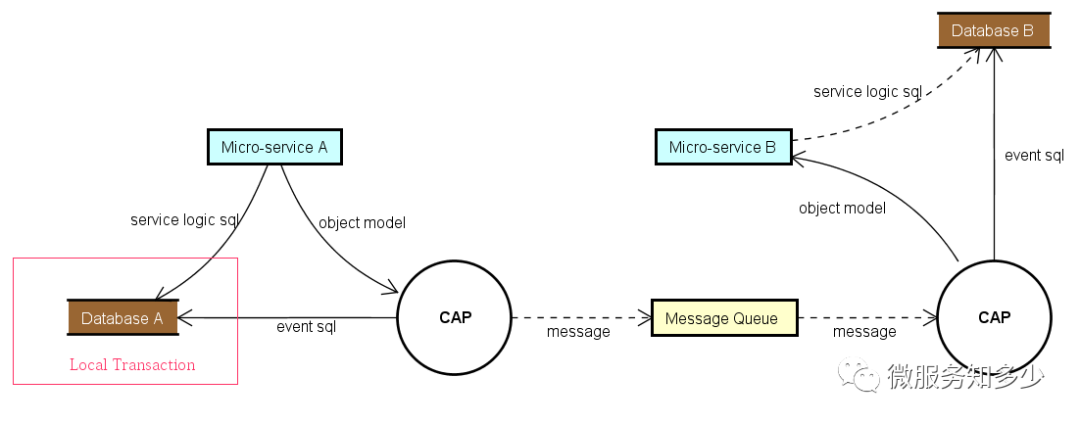
基于dotnetcore/CAP 实现分布式事务
那具体如何使用dotnetcore/CAP来解决分布式事务问题呢,基于本地消息表加补偿模式实现。dotnetcore/CAP的补偿模式比较巧妙,其基于发布事件的方法签名中提供了一个回调参数。发布方法的事件签名为:PublishAsync<T>(string name, T? contentObj, string? callbackName=null),第一个参数是事件名称,第二个参数为事件数据包,第三个参数用来指定于接收事件消费结果的回调地址(事件),但是否触发回调,取决于事件订阅方是否定义返回参数,若有则触发。如果基于CAP实现下单流程,则其流程如下所示:
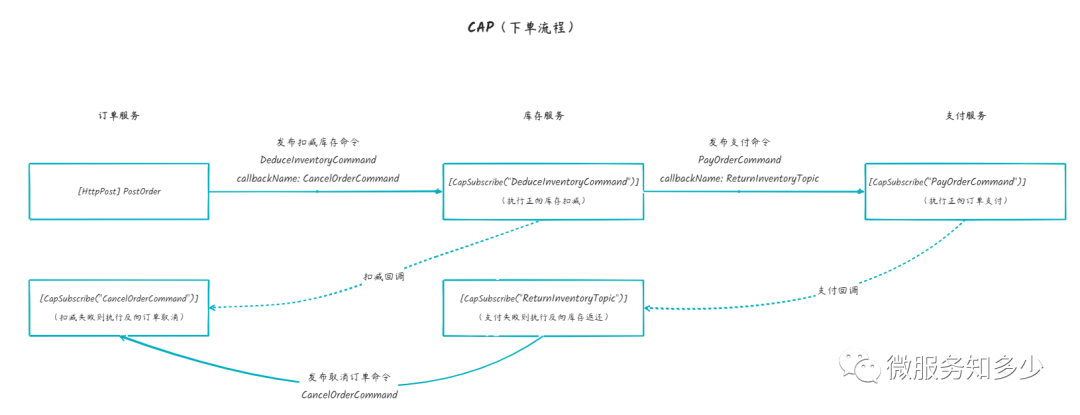
接下来就来创建解决方案来实现以上下单流程示例。依次创建以下项目,订单服务、库存服务和支付服务均依赖共享类库项目,其中共享类库添加DotNetCore.Cap、DotNetCore.Cap.MySql和DotNetCore.Cap.RabbitMQNuGet包。
| 项目 | 项目名 | 项目类型 |
|---|---|---|
| 订单服务 | CapDemo.OrderService | ASP.NET Core Web API |
| 库存服务 | CapDemo.InventoryService | Worker Service |
| 支付服务 | CapDemo.PaymentService | Worker Service |
| 共享类库 | CapDemo.Shared | Class Library |
订单服务
订单服务首先需要暴露WebApi用于订单的创建,为了方便数据的持久化,首先添加Pomelo.EntityFrameworkCore.MySqlNuget包,然后创建OrderDbContext:
using System;
using System.Collections.Generic;
using System.Linq;
using System.Threading.Tasks;
using Microsoft.EntityFrameworkCore;
using CapDemo.OrderService.Domains;
namespace CapDemo.OrderService.Data
{
public class OrderDbContext : DbContext
{
public OrderDbContext (DbContextOptions<OrderDbContext> options)
: base(options) {}
public DbSet<CapDemo.OrderService.Domains.Order> Order { get; set; } = default!;
}
}然后创建OrdersController并添加PostOrder方法如下所示:
using System;
using System.Collections.Generic;
using System.Linq;
using System.Threading.Tasks;
using Microsoft.AspNetCore.Http;
using Microsoft.AspNetCore.Mvc;
using Microsoft.EntityFrameworkCore;
using CapDemo.OrderService.Data;
using CapDemo.OrderService.Domains;
using DotNetCore.CAP;
using CapDemo.Shared;
using CapDemo.Shared.Models;
namespace CapDemo.OrderService.Controllers
{
[Route("api/[controller]")]
[ApiController]
public class OrdersController : ControllerBase
{
private readonly OrderDbContext _context;
private readonly ICapPublisher _capPublisher;
private readonly ILogger<OrdersController> _logger;
public OrdersController(OrderDbContext context, ICapPublisher capPublisher,ILogger<OrdersController> logger)
{
_context = context;
_capPublisher = capPublisher;
_logger = logger;
}
[HttpPost]
public async Task<ActionResult<Order>> PostOrder(CreateOrderDto orderDto)
{
var shoppingItems =
orderDto.ShoppingCartItems.Select(item => new ShoppingCartItem(item.SkuId, item.Price, item.Qty));
var order = new Order(orderDto.CustomerId).NewOrder(shoppingItems.ToArray());
using (var trans = _context.Database.BeginTransaction(_capPublisher, autoCommit: false))
{
_context.Order.Add(order);
var deduceDto = new DeduceInventoryDto()
{
OrderId = order.OrderId,
DeduceStockItems = order.OrderItems.Select(
item => new DeduceStockItem(item.SkuId, item.Qty, item.Price)).ToList()
};
await _capPublisher.PublishAsync(TopicConsts.DeduceInventoryCommand,deduceDto,
callbackName: TopicConsts.CancelOrderCommand);
await _context.SaveChangesAsync();
await trans.CommitAsync();
}
_logger.LogInformation($"Order [{order.OrderId}] created successfully!");
return CreatedAtAction("GetOrder", new { id = order.OrderId }, order);
}
}
}从代码中可以看出,在订单持久化和事件发布之前先行使用事务包裹:using (var trans = _context.Database.BeginTransaction(_capPublisher, autoCommit: false)) {},以确保订单和事件的持久化共享同一个事务,这一步是使用CAP的重中之重。订单服务通过注入了ICapPublisher服务,并通过PublishAsync方法发布扣减库存事件,并指定了callbackName: TopicConsts.CancelOrderCommand。订单服务还需要订阅取消订单和订单支付结果的事件,进行订单状态的更新,添加OrderConsumers如下所示,其中通过实现ICapSubscribe接口来显式标记为消费者,然后定义方法并在方法体上通过[CapSubscribe]特性指定订阅的事件名称来完成事件的消费。
using CapDemo.OrderService.Data;
using CapDemo.Shared;
using DotNetCore.CAP;
namespace CapDemo.OrderService.Consumers;
public class OrderConsumers:ICapSubscribe
{
private readonly OrderDbContext _orderDbContext;
private readonly ILogger<OrderConsumers> _logger;
public OrderConsumers(OrderDbContext orderDbContext,ILogger<OrderConsumers> logger)
{
_orderDbContext = orderDbContext;
_logger = logger;
}
[CapSubscribe(TopicConsts.CancelOrderCommand)]
public async Task CancelOrder(string orderId)
{
if(string.IsNullOrEmpty(orderId)) return;
var order = await _orderDbContext.Order.FindAsync(orderId);
order?.CancelOrder();
_logger.LogWarning($"Order [{orderId}] has been canceled!");
await _orderDbContext.SaveChangesAsync();
}
[CapSubscribe(TopicConsts.PayOrderSucceedTopic)]
public async Task MarkToPaid(string orderId)
{
var order = await _orderDbContext.Order.FindAsync(orderId);
order?.UpdateToPaid();
await _orderDbContext.SaveChangesAsync();
}
}最后修改Program.cs添加CAP服务和消费者的注册。
using CapDemo.OrderService.Consumers;
using CapDemo.OrderService.Data;
using Microsoft.EntityFrameworkCore;
using DotNetCore.CAP;
var builder = WebApplication.CreateBuilder(args);
// 注册 DbContext
var connectionStr = builder.Configuration.GetConnectionString("Default");
builder.Services.AddDbContext<OrderDbContext>(options =>
options.UseMySql(connectionStr ?? throw new InvalidOperationException("Connection string 'OrderDbContext' not found."), ServerVersion.AutoDetect(connectionStr)));
// 注册CAP
builder.Services.AddCap(x =>
{
x.UseEntityFramework<OrderDbContext>();
x.UseRabbitMQ("localhost");
});
// 注册消费者
builder.Services.AddTransient<OrderConsumers>();库存服务
库存服务在整个下单流程的职责主要是库存的扣减和返还,添加InventoryConsumer来消费库存扣减和返还事件即可。
using System;
using System.Collections.Generic;
using System.Linq;
using System.Text;
using System.Text.Json;
using System.Threading.Tasks;
using CapDemo.Shared;
using CapDemo.Shared.Models;
using DotNetCore.CAP;
namespace CapDemo.InventoryService.Consumers
{
public class InventoryConsumer : ICapSubscribe
{
private readonly ILogger<InventoryConsumer> _logger;
private readonly ICapPublisher _capPublisher;
public InventoryConsumer(ILogger<InventoryConsumer> logger, ICapPublisher capPublisher)
{
_logger = logger;
_capPublisher = capPublisher;
}
[CapSubscribe(TopicConsts.DeduceInventoryCommand)]
public async Task DeduceInventory(DeduceInventoryDto deduceStockDto)
{
// 省略扣减库存逻辑,直接成功
_logger.LogInformation($"Inventory has been deducted for order [{deduceStockDto.OrderId}]!");
var amount = deduceStockDto.DeduceStockItems.Sum(t => t.Price * t.Qty);
await _capPublisher.PublishAsync(TopicConsts.PayOrderCommand, new PayDto(deduceStockDto.OrderId, amount),
callbackName: TopicConsts.ReturnInventoryTopic);
}
[CapSubscribe(TopicConsts.ReturnInventoryTopic)]
public void ReturnInventory(PayResult payResult)
{
// 若支付失败,则执行库存返还并发布取消订单命令
if (!payResult.IsSucceed)
{
// 省略返还库存逻辑
_logger.LogWarning($"Inventory has been returned for order [{payResult.OrderId}]");
_capPublisher.PublishAsync(TopicConsts.CancelOrderCommand, payResult.OrderId);
}
}
}
}以上的库存扣减实现中省略了扣减库存逻辑,直接模拟成功扣减,也就无需触发回调,那就可以通过将方法签名定义为public async Task DeduceInventory(DeduceInventoryDto deduceStockDto),这样就不会触发订单服务发布扣减库存事件时指定的回调。库存扣减成功随即发布支付订单的命令,由于不涉及其他数据持久化,因此无需手动开启事务。发布支付订单命令时指定了callbackName: TopicConsts.ReturnInventoryTopic,其将根据订单支付结果也就是ReturnInventory(PayResult payResult)中指定的入参决定是否返还库存。最后同样需要在Program.cs中注入CAP服务和消费者:
using CapDemo.InventoryService;
using CapDemo.InventoryService.Consumers;
IHost host = Host.CreateDefaultBuilder(args)
.ConfigureServices((context, services) =>
{
var connStr = context.Configuration.GetConnectionString("Default");
services.AddCap(x =>
{
x.UseMySql(connStr);
x.UseRabbitMQ("localhost");
});
services.AddTransient<InventoryConsumer>();
})
.Build();
await host.RunAsync();支付服务
对于下单流程的支付用例来说,要么成功要么失败,并不需要像以上两个服务一样定义补偿逻辑,因此仅需要订阅支付订单命令即可,定义PaymentConsumers如下所示,因为库存服务发布支付订单命令时指定的回调依赖支付结果,因此该方法必须指定与回调匹配的返回参数类型,也就是PayResult。
using CapDemo.Shared;
using CapDemo.Shared.Models;
using DotNetCore.CAP;
namespace CapDemo.PaymentService.Consumers;
public class PaymentConsumers:ICapSubscribe
{
private readonly ICapPublisher _capPublisher;
private readonly ILogger<PaymentConsumers> _logger;
public PaymentConsumers(ICapPublisher capPublisher,ILogger<PaymentConsumers> logger)
{
_capPublisher = capPublisher;
_logger = logger;
}
[CapSubscribe(TopicConsts.PayOrderCommand)]
public async Task<PayResult> Pay(PayDto payDto)
{
bool isSucceed = false;
if (payDto.Amount % 2 == 0)
{
isSucceed = true;
_logger.LogInformation($"Order [{payDto.OrderId}] paid successfully!");
await _capPublisher.PublishAsync(TopicConsts.PayOrderSucceedTopic, payDto.OrderId);
}
else
{
isSucceed = false;
_logger.LogWarning($"Order [{payDto.OrderId}] payment failed!");
}
return new PayResult(payDto.OrderId, isSucceed);
}
}最后同样需要在Program.cs中注入CAP服务和消费者:
using CapDemo.PaymentService;
using CapDemo.PaymentService.Consumers;
IHost host = Host.CreateDefaultBuilder(args)
.ConfigureServices((context, services) =>
{
var connStr = context.Configuration.GetConnectionString("Default");
services.AddCap(x =>
{
x.UseMySql(connStr);
x.UseRabbitMQ("localhost");
});
services.AddTransient<PaymentConsumers>();
})
.Build();
await host.RunAsync();运行结果
使用docker启动MySQL和RabbitMQ,然后再启动三个服务,并在订单服务的Swagger中发起订单创建请求,如下图所示:

最终执行结果如下图所示:
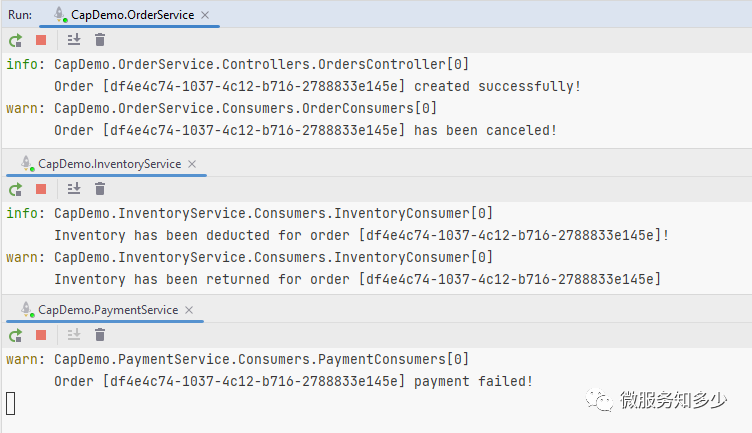
打开RabbitMQ后台,可以看见CAP为每个服务创建了一个唯一队列接收消息,并通过创建的名为cap.default.router的Exchange根据事件名称作为RoutingKey进行消息路由。

其中通过dotnetcore/CAP发布的消息结构如下图所示,该图是订单服务发布的扣减库存的消息。
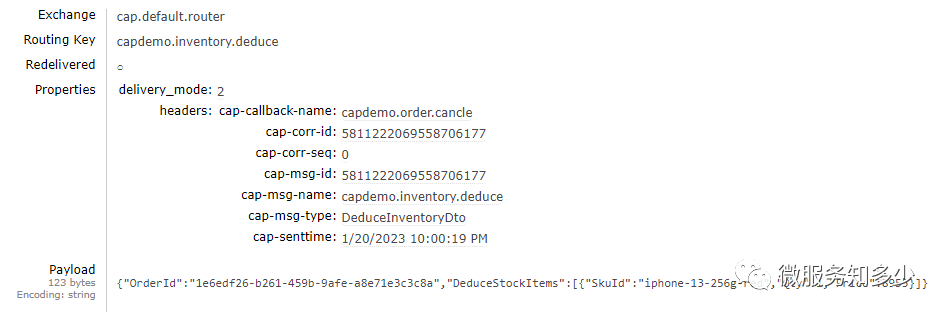
打开MySQL,可以发现dotnetcore/CAP 根据配置的连接字符串,分别为各个服务创建了cap.published和cap.received消息表,如下图所示:
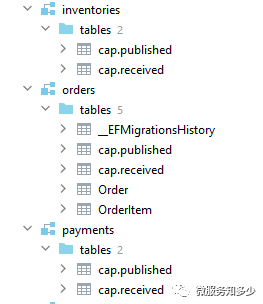
小结
通过以上示例,可以发现dotnetcore/CAP无疑是一个出色的事件总线,简单易用且能确保事件的有效送达。同时基于dotnetcore/CAP的本地消息表模式和补偿模式,也可以有效的实现分布式事务。但相较而言,补偿仅限于直接上下游服务之间,不能链式反向补偿,控制逻辑比较分散,属于协同式事务,各个服务需要订阅自己关注的事件并实现,适用于小中型项目,对于大型项目而言尤其需要注意事件的流转,以避免陷入事件漩涡。
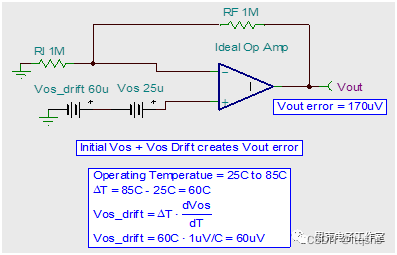



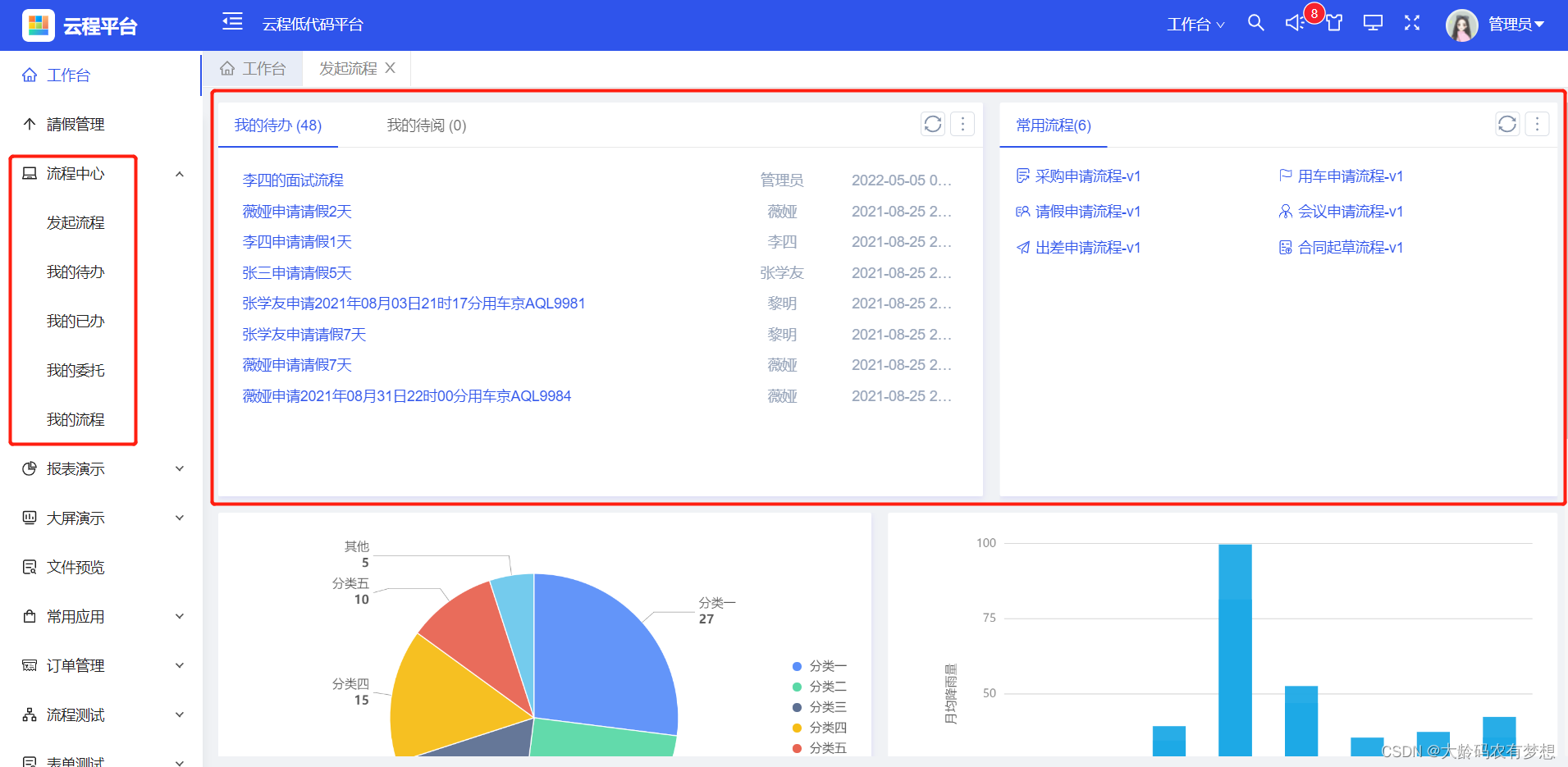

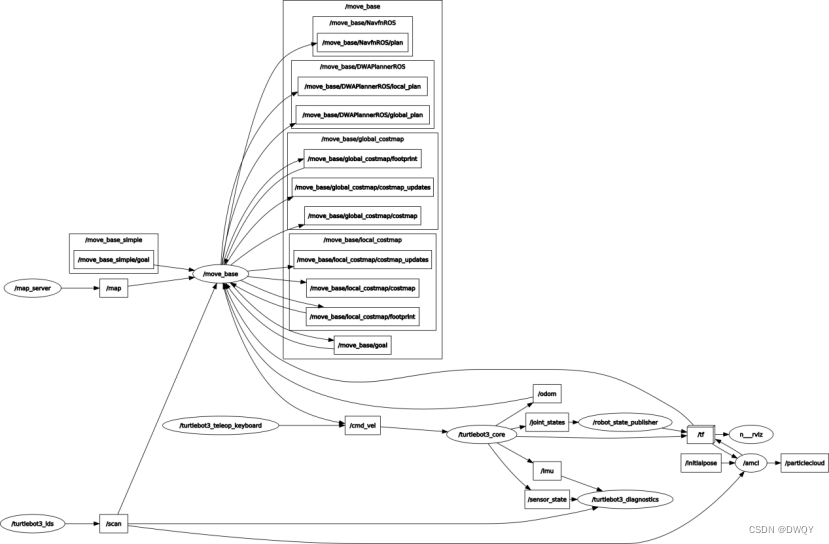
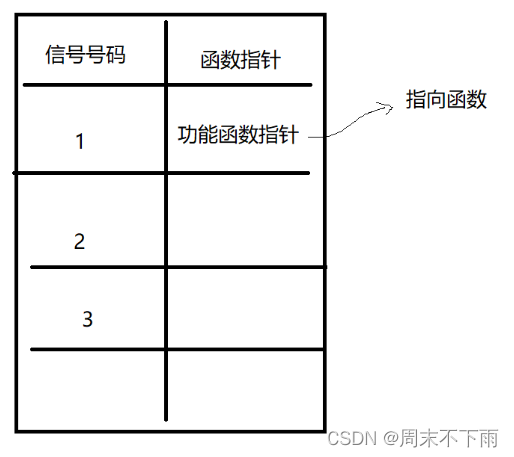
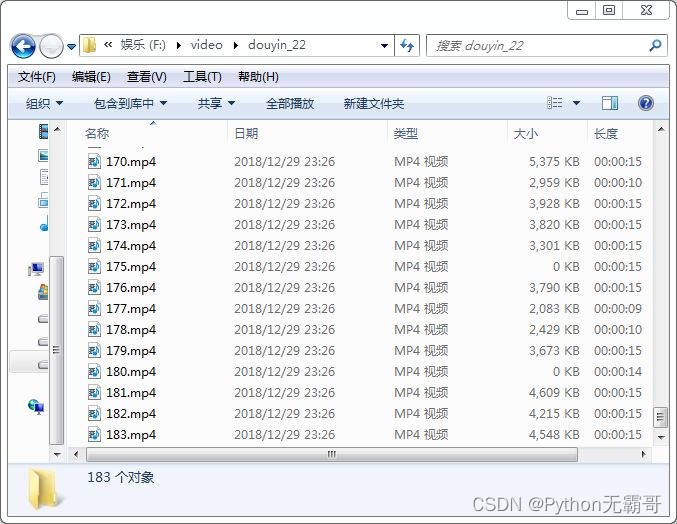

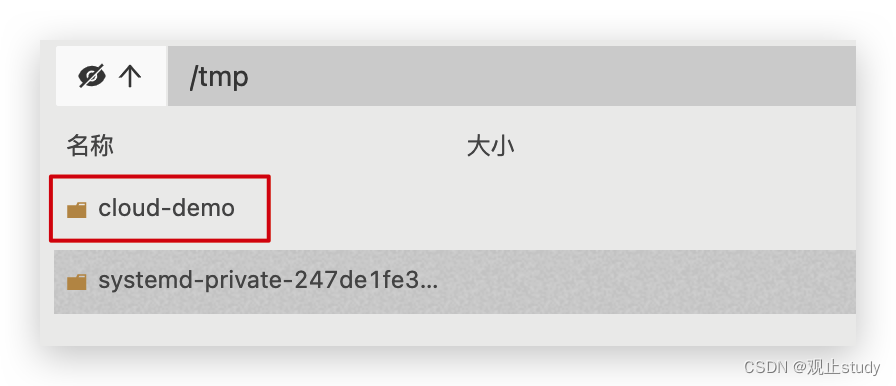


![[网鼎杯 2020 朱雀组]Nmap(双解详细分析)](https://img-blog.csdnimg.cn/71c86a1e416c4364b2c806df21027e77.png)
